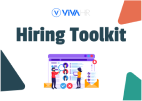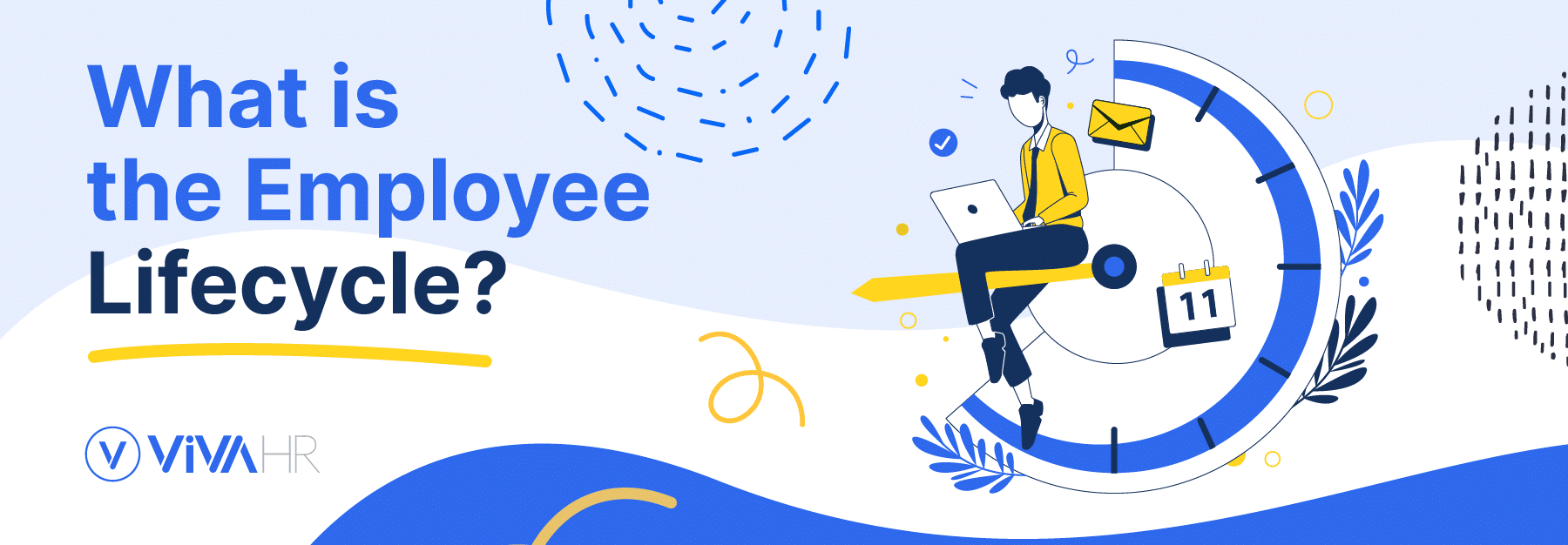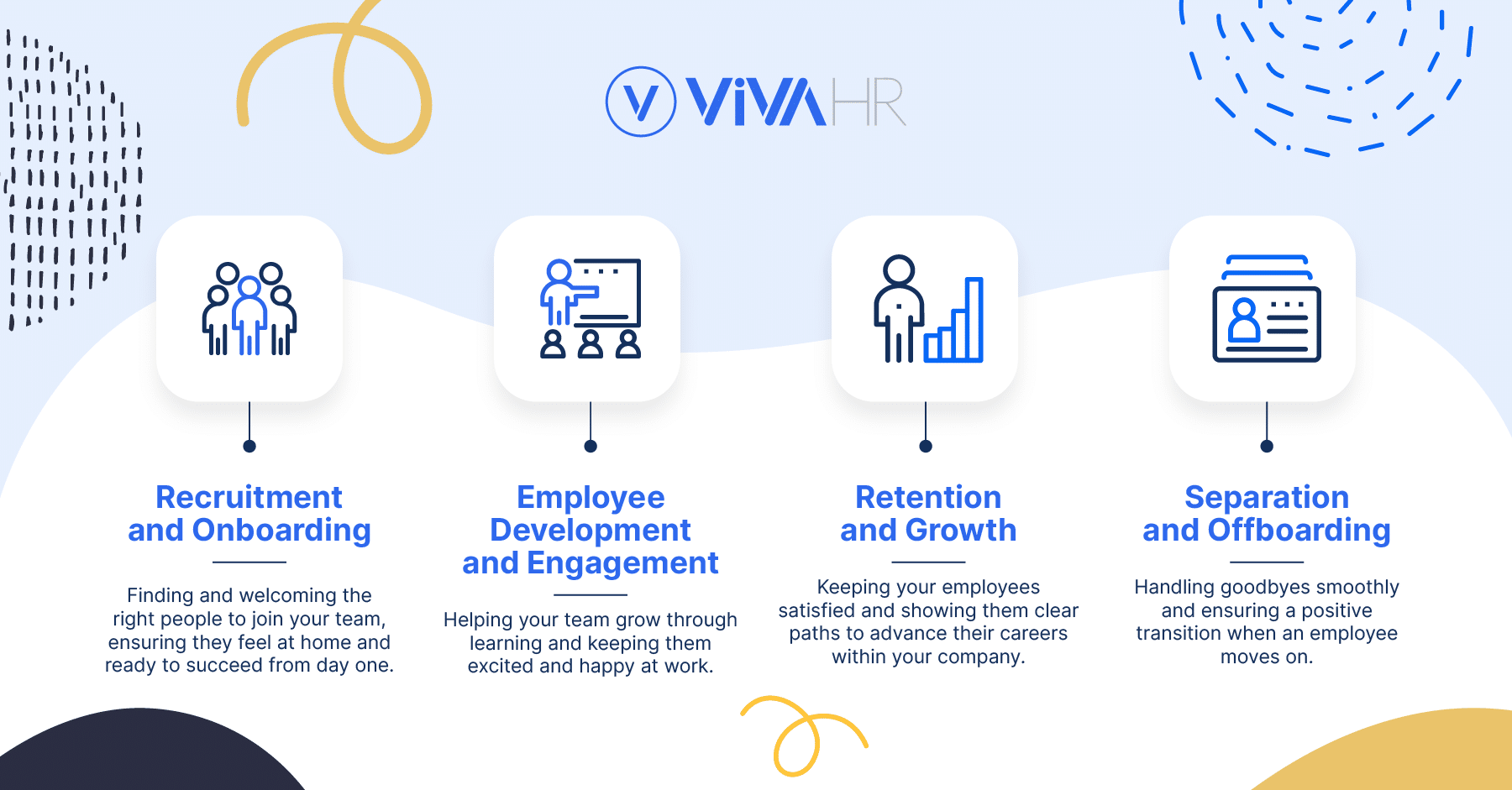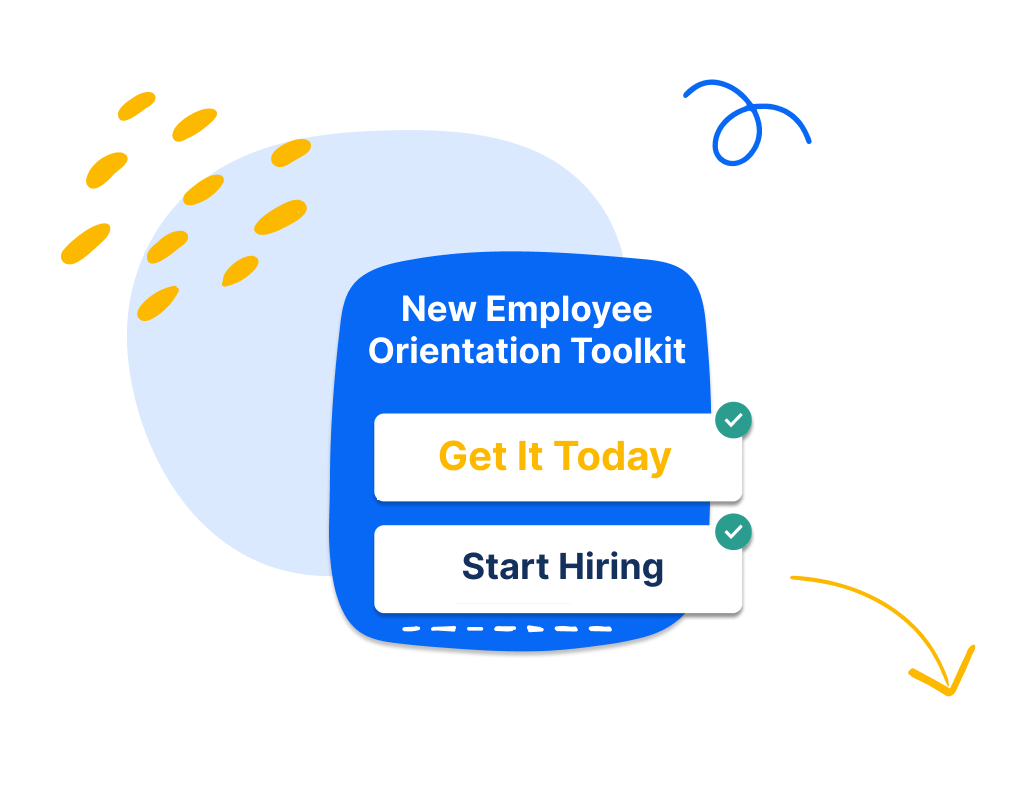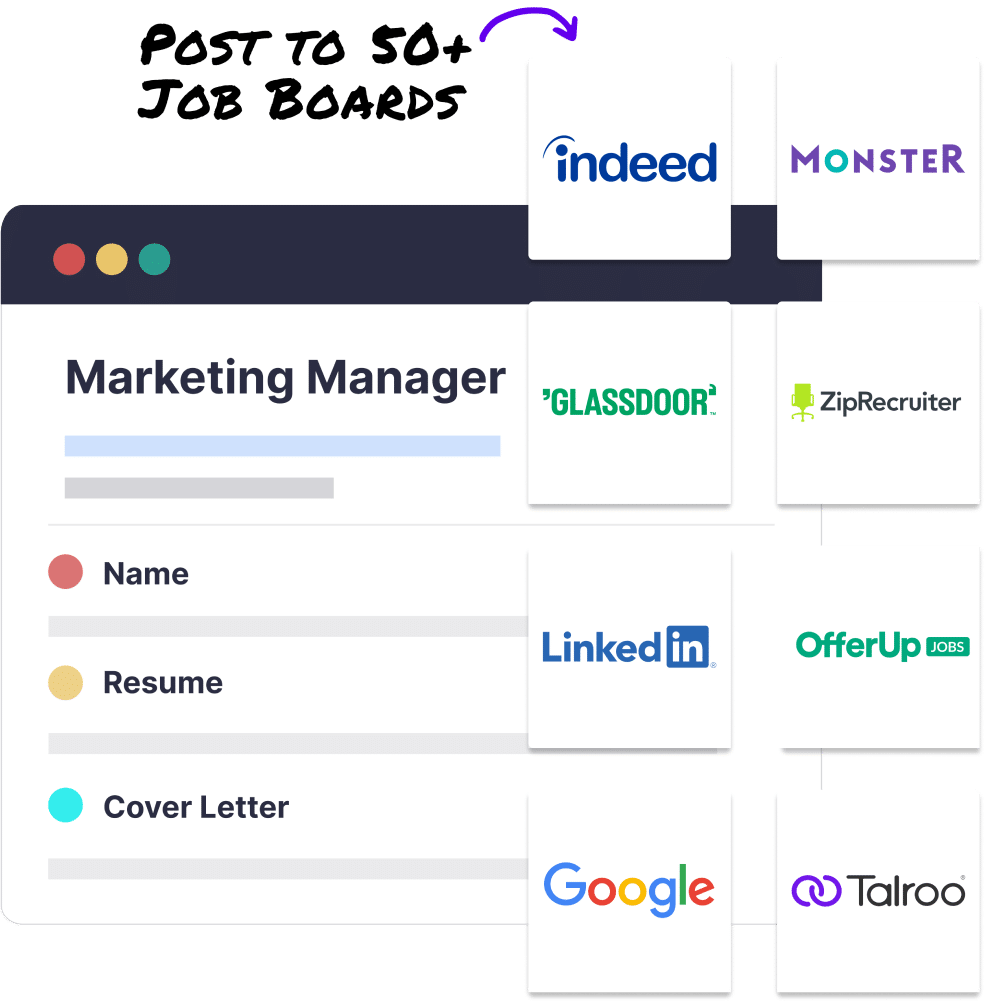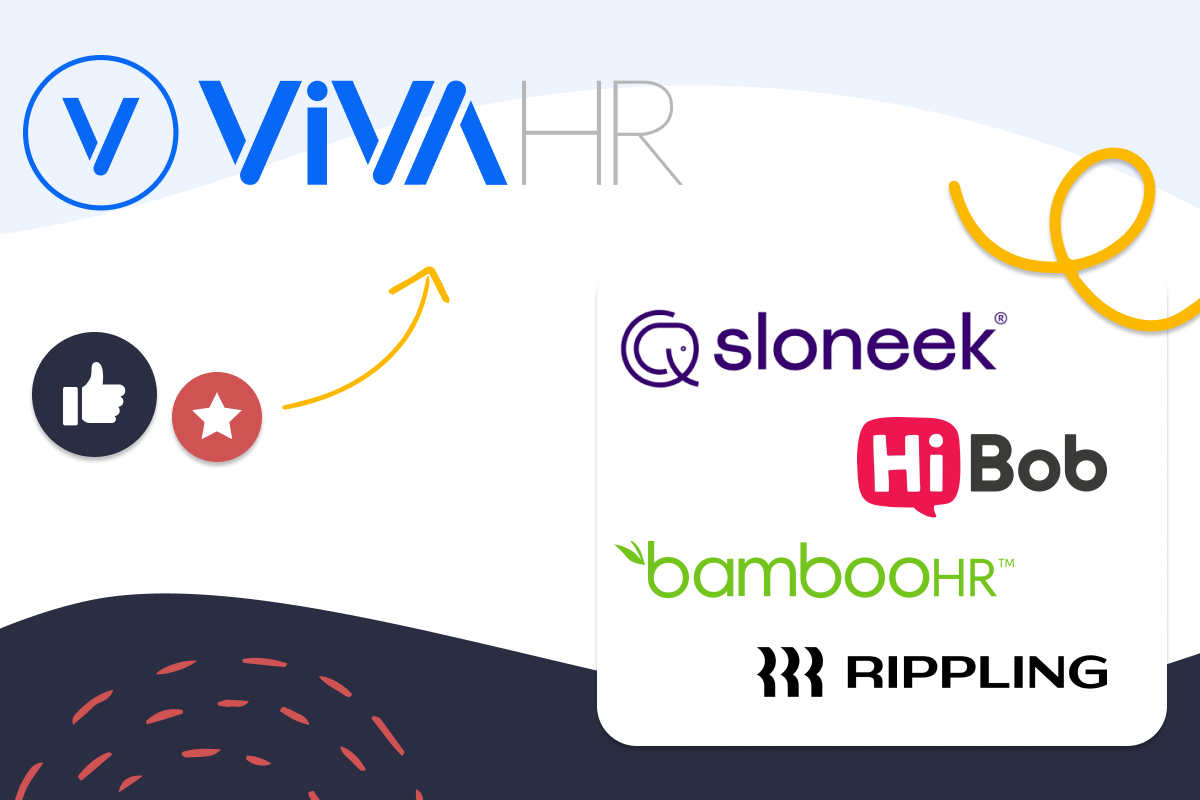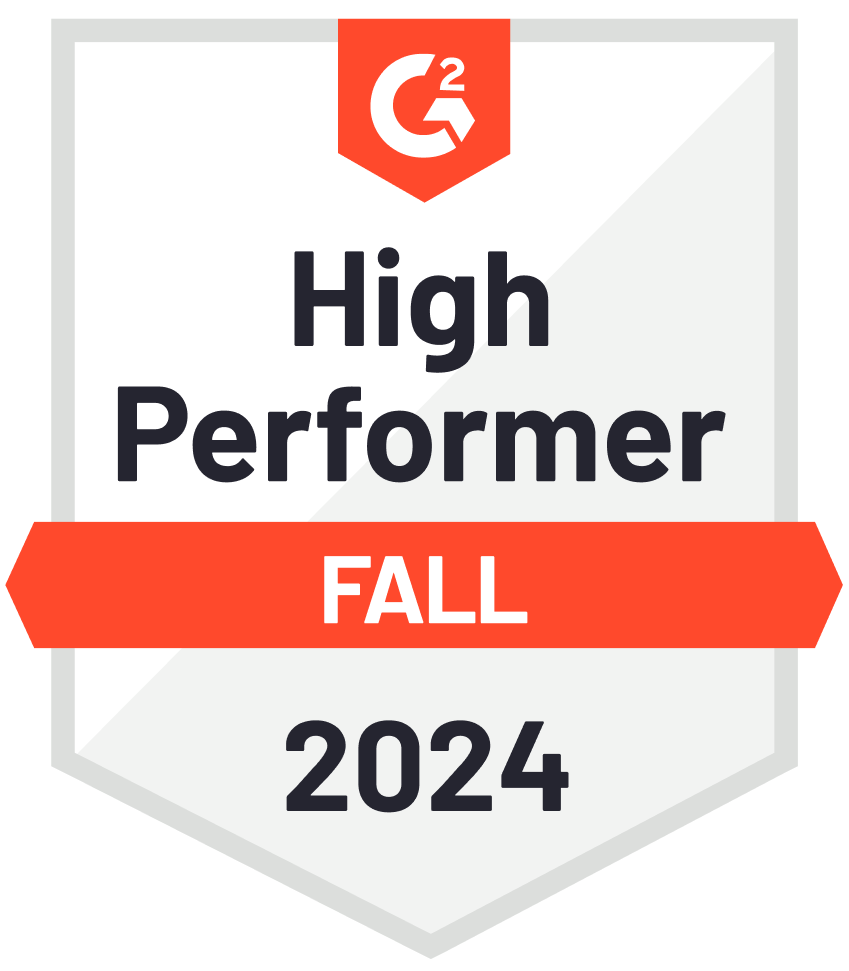2. Employee Development and Engagement
Training and Development Opportunities
Investing in your team’s growth does wonders for their skills and their loyalty to your company.
Why not think about mentorship programs, professional courses, and cross-training?
If your resources are tight, you can get creative with online learning platforms, internal workshops, and peer-to-peer mentoring. 💡
Performance Management
Regular performance reviews and constructive feedback are crucial for helping employees grow. It’s key to set clear goals and expectations to make sure everyone’s on the same page with what the business needs. ✅
Also, never forget how much a simple ‘thank you’ or a reward can mean to your team.
Recognizing their hard work does wonders for morale!
Employee Feedback and Recognition
Recognition programs and open feedback channels create a super positive work vibe and really help make employees happy.
SMBs can get creative with fun stuff like peer-to-peer shoutouts, gamification, or even setting up a suggestion box to hear what everyone’s thinking.
3. Retention and Growth
Creating a Positive Work Environment
A positive work culture that values work-life balance, diversity, and inclusion can really make a difference in keeping your team around.
Remember, a happy team is a productive one! 💡
Making time for team members to connect and enjoy some fun together can also lift spirits and strengthen teamwork.
Career Pathing for SMB Employees
Offering clear career paths and chances for advancement really helps employees feel excited about growing with your company.
Why not have a chat with your team members about what they’re interested in and their goals?
See how these can match up with your business objectives.
You never know – you might just discover a future company leader in the making!
Strategies for Employee Retention
Offering competitive pay, great benefits, and building a strong community vibe can really keep your top talent happy.
SMBs have the cool option of offering flexible work schedules, extra goodies like gym memberships or tuition reimbursement, and plenty of chances for team members to tackle new and exciting challenges. ✅
Here are the Top Three Strategies for Employee Retention:
⭐Competitive Compensation and Benefits
Making sure your employees feel financially valued is crucial. Offer competitive salaries that match the market rate and recognize the value your employees bring to your company.
Besides salary, think about including benefits like health insurance, retirement plans, and paid time off. Tailor these benefits to fit your employees’ needs, which could also include flexible hours and remote work options.
⭐Fostering Employee Engagement and Inclusion
Create a space where every employee feels heard, valued, and included. Keep your team engaged with fun activities, company events, and open feedback forums.
Celebrate diversity by embracing the unique differences among your team members. This way, everyone feels a sense of belonging and loyalty gets a big boost.
⭐Professional Development and Career Advancement Opportunities
Employees are more likely to stick around with a company that invests in their growth. Offer learning opportunities like workshops, courses, and seminars that match their career goals. Create a clear career progression plan that outlines chances for advancement.
Supporting your employees’ career dreams not only helps with retention but also builds a skilled workforce.
4. Separation and Offboarding
Understanding the Importance of Smooth Offboarding
Just like onboarding, the offboarding process is a key part of the employee lifecycle that many companies often overlook.
Having a systematic offboarding process ensures a positive and professional end to an employee’s journey with your company, preserving their goodwill and keeping your employer brand strong.
Plus, it offers valuable feedback opportunities to help improve practices and reduce future turnover.
Conducting Exit Interviews
Exit interviews are a crucial part of smooth offboarding. They provide valuable insights into the workplace environment, culture, and processes, highlighting areas for improvement.
Conducting these interviews in a respectful and confidential manner can reveal why an employee is leaving and help create strategies to boost retention. ✅
Managing the Transition
Ensuring a smooth transition is crucial for the remaining team members and overall business operations.
This involves reassigning responsibilities, updating system access, and communicating changes to the team in a way that minimizes disruption.
It’s also a chance to spot any gaps in skills or knowledge that need quick attention.
Finalizing Administrative Tasks
The offboarding process involves several administrative tasks like finalizing payroll, reclaiming company property, and completing all paperwork.
As an employer, having an employee offboarding checklist can come in handy during this period. ✅
Also, providing a clear checklist of tasks for departing employees can help streamline the process, making it less stressful and more straightforward for everyone involved.
Keeping the Door Open
In many cases, it’s great to keep a positive relationship with departing employees.
They might join your company’s alumni network, become potential clients, or even return as employees someday.
Offering to stay in touch and showing gratitude for their contributions can keep the door open for future connections. 💡
Challenges in Managing the Employee Lifecycle for SMBs
Limited Resources and Budget Constraints
SMBs usually work with smaller budgets, which can make it a bit tough to keep up with the big guys in attracting and keeping great people.
Getting creative and making the most of technology can really help even the playing field.
Competing with Larger Corporations
To stay in the game, small and medium-sized businesses should really highlight what makes them special, like flexible work setups, personalized career growth plans, and a tight-knit team vibe.
These are the cool perks that the big companies might not be able to match because of how big and structured they are.
Employee Turnover in SMBs
High employee turnover can really hurt SMBs.
It’s essential to focus on engagement and retention strategies.
If you’re a small or medium-sized business, you’ve got a great advantage because you can offer a more personal and intimate work environment. Make the most of this to keep your employees happy and motivated! ✅
Here are some retention and engagement tips you could use for your small business:
⭐Regular Check-ins: Make sure to set up regular one-on-one chats with your team to talk about how they’re doing, tackle any challenges, and dive into their career dreams. This kind of personal touch really helps everyone feel valued.
⭐Flexible Working Arrangements: Give your employees the freedom to pick their own working hours or the chance to work from home. It’s a great way to show you trust them and care about their work-life balance, which can really boost their job happiness.
⭐Employee Wellness Programs: Kick-off wellness initiatives like mental health days, fitness challenges, or nutrition workshops. Healthier employees are not just happier – they’re more productive too!
⭐Professional Development: Set aside a budget for each employee’s professional development, no matter how small. Encourage them to join workshops, webinars, or courses that relate to their job. This investment in their growth really shows you’re committed to their future with us.
⭐Celebrate Milestones: Don’t forget to celebrate work anniversaries, promotions, and personal milestones like birthdays. Celebrating together really helps build a positive and cohesive team vibe.
Tools and Technologies for Optimizing the Employee Lifecycle
Introduction to Applicant Tracking Systems
ATS can simplify the hiring process, making handling applications easier and staying in touch with candidates. It automates the sorting and filtering of resumes, saving time and effort for small businesses with limited resources. ⭐
✅Competitive Edge: ATS gives small and medium-sized businesses a crucial edge in the competitive world, helping them handle challenges such as limited resources, tight budgets, and competition with the big players.
✅Efficiency in Management: With ATS, small and medium-sized businesses can manage more applications efficiently with fewer resources, making it a breeze to spot top talent.
✅Automation Benefits: ATS takes the hassle out of time-consuming tasks like resume screening and first-round communications, freeing up resources to focus on more strategic tasks. This includes nurturing candidate relationships and boosting employee engagement to cut down on turnover.
✅Talent Attraction and Retention: Attracting talent is key, but keeping them is where the real challenge lies, especially for SMBs that might not have the resources to offer big salaries or loads of benefits. Using an ATS can help make the application process more professional and engaging, which really shines a positive light on your company’s brand.
✅Brand Image Enhancement: Using a sleek and engaging ATS to improve the applicant experience really boosts your company’s brand, drawing in candidates who love innovative and efficient workplaces.


